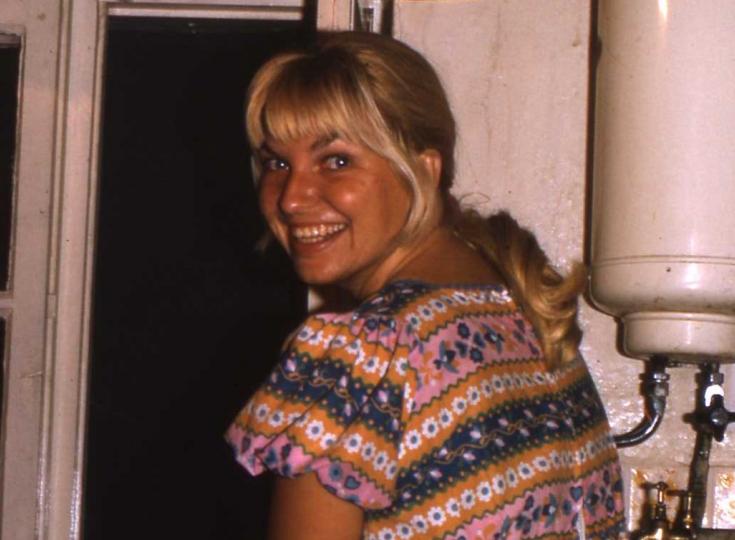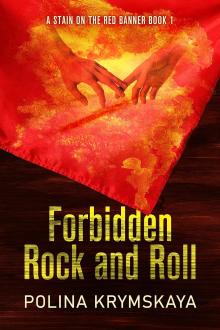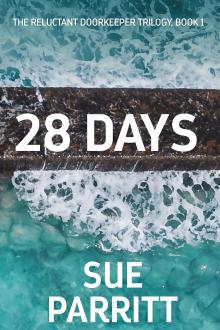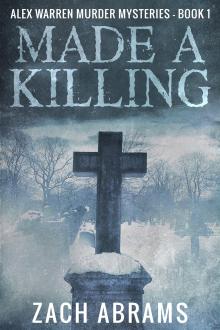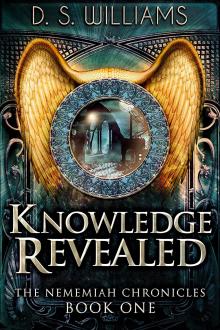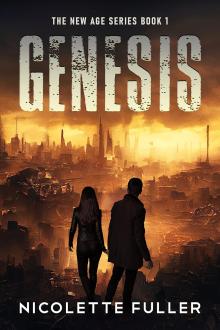AJ Krafton – Heartstopping Fiction That is Epic in Scope
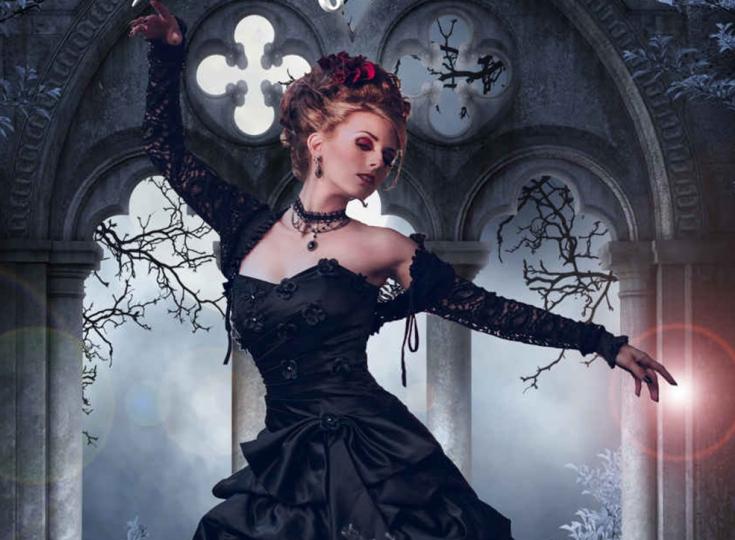
Author AJ Krafton has always been fascinated with Victorian society and has a thing for vampires, which is very evident when reading her book, The Heartbeat Thief. However, having already written about demivamps in her Demimonde series, she came up with a brand new twist for The Heartbeat Thief. Today we chat to her about the immense research that the book required, the challenge of writing about macabre subject matter and the influence of Edgar Allan Poe on her work.
Please give us a short introduction to The Heartbeat Thief
The Heartbeat Thief is a paranormal tale that begins in Victorian England. Senza Fyne is a young woman whose mother is arranging an advantageous marriage for her daughter. Two things stand in the way of Senza’s scripted destiny: her overwhelming fear of death, and her increasing infatuation with a mysterious stranger, Mr. Knell.
When Knell offers an escape from the worst of her fears—the chance to remain young and beautiful for all eternity—she seizes the opportunity without realizing the price she’ll pay.
What would you do with a life if it lasted forever?
What made you choose to branch out to New Adult speculative fiction?
Like most writers, I keep a perpetual story file in my head, ideas and plots and characters that I keep tucked away, waiting for a break between projects. I generally write for adult audiences.
Several story ideas, however, featured younger protagonists but, because I tend to go deep and serious and sometimes very, very dark, I never felt comfortable labelling it Young Adult. I write stuff I didn’t want middle schoolers carrying around in their bookbags. It sounds a little like censoring, but that’s the mom in me. Sorry. However, mature teens 16 and up usually have no problems reading my stories (as well as inspire me to push my own limits in writing.
Because THE HEARTBEAT THIEF deals with violence, death, and the consequences of sexual activity, I decided to label it NA. I have been told that it’s still YA friendly, so…I guess it depends on the person reading it. In the end, the author picks the label…but once the book is in the hands of the reader, it goes where the audiences take it.
Senza goes through quite an interesting character arc in your story. How challenging was it to write about her experience while still keeping her relatable to readers?
I knew who Senza was on the inside so I had an advantage. The main problem was dealing with a character who, on all outward appearances, was beautiful to perfection. We live in a society that judges books by their covers; the Victorians were no different.
Senza is a kind girl, compassionate and caring. She puts others before herself. She’s devoted to her family. She’s a great reader and possesses immense intelligence and wit. She’s also doing her best to be a model daughter for her mother, whose only goal is to get that girl married.
So it’s tough writing a character who, in the beginning, is constantly extolled for her beauty. But that’s the constant dialog that goes on when she’s with her mother. “You’re beautiful. We have to get you married before you grow older and your beauty fades.”
The loss of beauty and, with it, her mother’s approval only fuels her harrowing fear of death. It’s what motivates her to make the dark deal with Knell.
But, once she becomes immortal, her beauty becomes a static, unchanging thing—and no longer an overwhelmingly consuming obsession. Senza is free to grow and learn and live as her internal charms dictate…which is how readers can connect to her.
I guess there is a little lesson in it. Look beyond the surface to see the real person inside. That’s where the secret of true beauty lies.
What is it that drew you to the Victorian era for your story?
I’ve always been fascinated with Victorian society—the fashion, the societal structure, the moral code…and the burgeoning interest in the macabre. All these things provided the ideal setting for a tale of love, of loss, and of magic.
Your book features quite a few compelling secondary characters. Who is your personal favorite and why?
Senza went through many stages in her long life—I patterned the story after “The Masque of the Red Death” and so the story’s scene-changing mimics passage through the seven apartments of Poe’s tale. Each “apartment” has its own special characters.
Overall, Aggie, Senza’s cousin, is a favorite. She’s someone who is very much embroiled in the whole get-a-husband scheme. For her, prospects aren’t quite as bright as Senza’s so her path through life leads her to a very different place. When last they meet, it is very apparent these two girls, who had once been as close as sisters, grew into very different women. Circumstances can change a person and, ultimately, her heart.
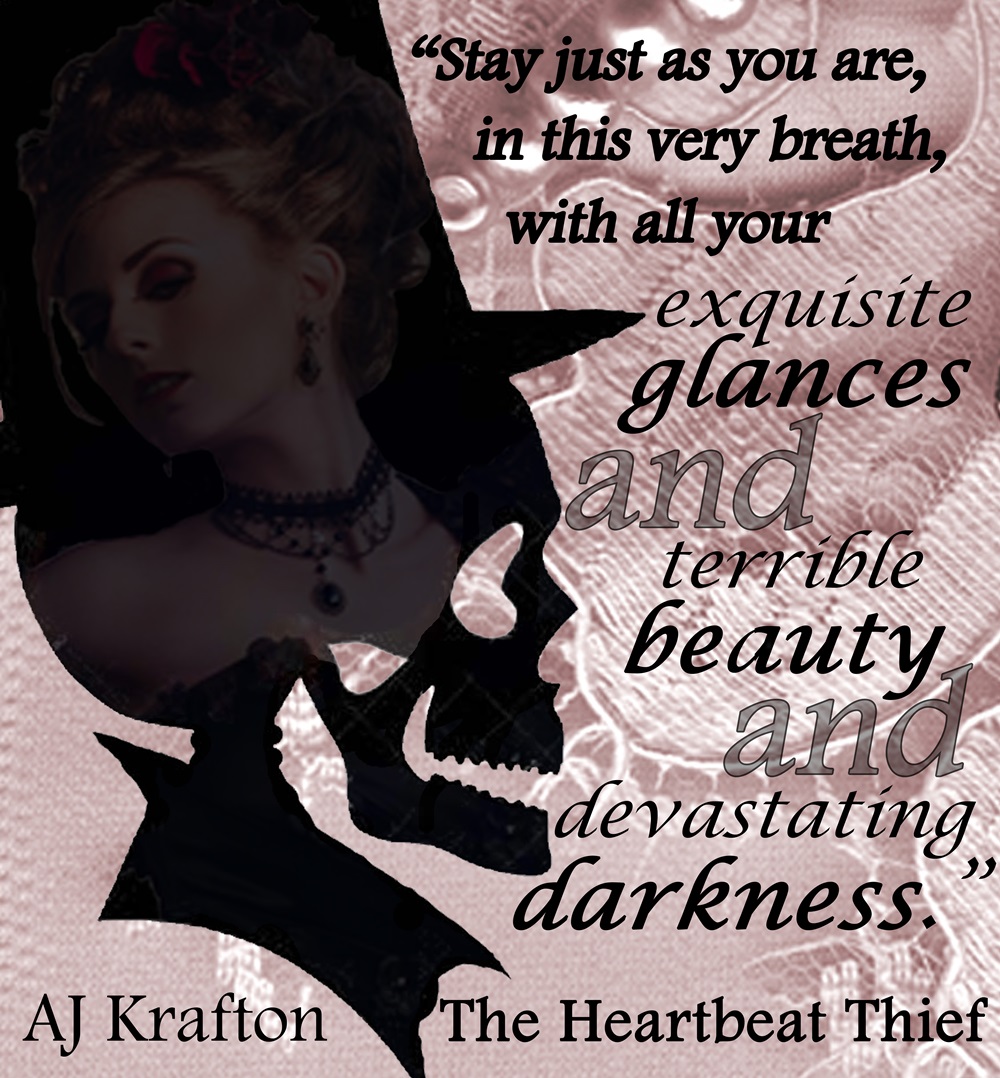
What made you decide to forge your own path instead of following the more traditional vampire stereotype?
Okay, I admit—I have a huge thing for vampires. (Just watched “Dracula Untold” recently and I was cheering throughout the whole thing!) This isn’t the first “vampire” story I’ve written. My Demimonde series is a trilogy about demivamps and the advice columnist-turned-oracle who is destined to save them from spiritual destruction.
Stealing heartbeats instead of drinking blood to maintain immortality was a concept that actually was born of my interest in Victorian society. In keeping with the moral code and rules of modesty, biting and blood drinking would have been scandalous to the point of exile from society—and Senza had to remain within society.
I liked the fresh idea, the thought that we could nick a heartbeat from someone else by touching their skin, feeling their pulse, imaging the throb of life that pushes it. And, who knows? It may actually be possible in this world where nothing is impossible. I like to daydream that there are heartbeat thieves out there, somewhere, and Knell is just waiting his turn to dance with us.
Your story spans 150 years and numerous cities, did you research the time period and how did you go about choosing what historical references to include in the book?
The research was immense (I only put more research into one other tale, and that was about a social worker so I had to study the profession as well as many aspects of mental health). However, I realized I’ve been working on this research for decades.
I read a lot of Georgian and Victorian literature. Historical documentaries and romances are my favorite films to watch. And I’m pretty sure the spirit of Edgar Allan Poe has been tethered to my soul all my life. The Victorian sections were easiest to write because I’ve long immersed myself in the culture.
But Senza didn’t stay in Victorian England. She travelled, through time and across the world to different eras in different places. She summered in Provence…revisited London during the Flapper Age…travelled the East Coast of the US during the Twentieth Century…and found herself in present day New England. Each time period was a unique experience and I did my best to capture the essences of each of those places, each one completely different from the last, to give depth to Senza’s incredible journey through eternal life.
Judging by the Edgar Allan Poe quotes in your book you seem to be a fan of the author. What do you think it is about his writing that made his work so iconic?
Poe was a haunted, melancholy man whose writing was raw and soul-borne. While his contemporaries were following the path to transcendentalism, he instead chose to write in the gothic style. Perhaps it was to give the masses what they wanted: transcendentalism was an intellectual, elevated form while gothic verses spoke to the everyday man and our preoccupation with darkness and death.
Spooky tales, mournful epitaphs, tales of loss and longing and failure—these were the types of stories that spoke of humanity and mortality. They were dark, but they were accessible. In a world where séances were the entertainment of the day and where morbid death traditions were as important as the rules of courtship, Poe was the ultimate storyteller.
His work survived the passage of time because, like Senza Fyne, his work was not constrained by it. His work is truly timeless.

What do you hope your readers will take away from this book? Does it contain an underlying message about growing old and dying?
I’m sure readers will find lots of messages if they look for them…
Remember those hidden picture prints they sold in shopping malls in the nineties, the ones that at first looked like repeating geometric patterns but, if you looked at them the right way, you’d see a schooner (#mallratsreference) or a dinosaur or a palm tree? Well, that’s what this book offers: a hidden message or two if you care to look for them.
Not everyone will want to get it. And that’s okay. Some people will enjoy the book simply for its story. That’s a good thing. I’m not preachy. I won’t beat you over the head with a life lesson.
But we learn from everything we read, see, and experience. I hope that if a reader is open to carrying away a message from this story, it’s a positive one that helps them see life in a more positive way.
And if it inspires a following of would-be heartbeat thieves, I’d be positively thrilled. *wink*
Can you tell us more about the artwork you chose for the cover of the book?
I wanted something haunting, ethereal, beautiful, even with the threat of shadows. The cover captures this for me: the elegant Senza in her gorgeous ballroom gown, the black lace and crinoline associated with Victorian mourning, the gothic arch slowly succumbing to the decay of time, the mists and bare branches of a spooky beyond. It’s a dark, shadowy scenery, but the beauty dances through it, untouched.
How challenging is it to write a book about such a macabre subject matter without making it too bleak to be enjoyable to readers?
I knew there was a challenge to be had in walking that fine line. If I overstepped too far, this story would be more horror than fantasy. I suppose my personal philosophies prevented that.
In writing this story, I tried to incorporate the styles of Jane Austen and Edgar Allan Poe—the elegant language and traditions draped with the black crape of the macabre. My early readers “shipped” Austen and Poe into “Scary Jane”. *grins*
Senza is a fierce life that keeps death at bay. The traditions and the events of daily life go on for her as it did for most people of her day—the difference is that she saw the shadows as they painted delicate verses around her.
It was my intention to present death as a beautiful, natural phase of our existence and I tried to pay homage to Poe by doing it in as poetic a manner as I could.
Besides writing, what other secret skills do you have?
I can walk on my toes, I make excellent homemade pierogis, and I have a knack for playing “Six Degrees” of just about any actor. I cannot, however, grow vegetables, endure spinny rides at amusement parks, or figure out how to stay one step ahead of my teenagers anymore.
What are you working on right now?
Currently, I’m writing a new urban fantasy series about an exorcist mage in Baltimore. The first book, CHARM CITY, is up on Wattpad.com where you can read it free! https://www.wattpad.com/story/56172477-charm-city-the-demon-whisperer-1
Currently I’m finishing the second book, MURDER THE LIGHT. It’s got angels and demons and the man who stands between them both. Simon Alliant will always have a trick up his sleeve. Then again, most mages do.
Where can our readers discover more of your work or interact with you?
Visit my website at www.ashkrafton.com
and meet up with me at:
http://Facebook.com/ashkraftonauthor
http://Instagram.com/ash_krafton
http://Goodreads.com/ash_krafton
http://Pinterest.com/demimondeash
If you’d like to meet Senza Fyne, THE HEARTBEAT THIEF ebook will be only 99 cents from June 20th to June 26th. Happy Book Birthday, Senza!



